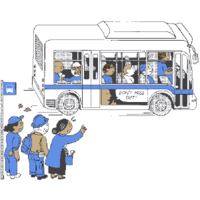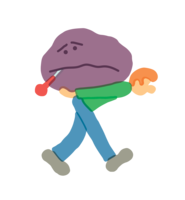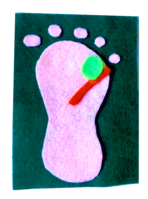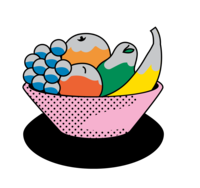Meet the Teaching Artist: Marianna Olinger

For our latest installment of Meet the Teaching Artist, we sat down with Marianna Olinger!
Many artists are losing sources of income and opportunities for work during the COVID-19 crisis. We’re keeping an updated list of resources here (including grants and relief funds for artists), but we also want to shine a light on the important cultural work of our skilled community of visual artists, designers, and teaching artists.
Marianna Olinger is a Brazilian artist, whose work builds narratives and epistemic genealogies via images, actions, sound, text and objects. Olinger has had solo shows both in New York and Rio de Janeiro, and participated in a number of group shows in Brazil and the United States. She creates experimental models to test possible functional, aesthetic and theoretical scenarios intended to inspire and contribute to human development in harmony with other species and the planet. She has worked with drawing, prints, film, sound, installations, theory, education, botanism, and other strategic interventions. Experimentation and speculation are at the core of her practice, as well as social justice and solidarity. She studied arts both in Rio de Janeiro and New York, holds a PhD in Urban Planning, an MSc in Social Policies and a BA in Business.
1. Why were you interested in becoming a Teaching Artist?
I’ve always been interested in intergenerational exchanges, as well as teaching and organizing. I also enjoyed working in community / social justice projects for a long time in different capacities, prior to becoming a professional artist. When I had to pursue my livelihood as an artist, the possibility of teaching made sense as a space where I could contribute too and enjoy my practice simultaneously. I believe to become a teaching artist reflects my journey in a sense, an encounter of my life as a researcher and organizer with my life as an artist.
2. How would you describe your artistic practice?
I describe myself as an interdisciplinary artist and researcher working on various media with a focus on inspiring, and contributing to human development in harmony with other species and the planet.
3. What is a project you’re working on now that you’re excited to reveal soon?
I’m currently working on a movie and a book about a performing artist who works as an art therapist in mental health institutions. Cassia, the main character, uses the method called movement therapy to enable people with severe mental health conditions to live a productive and enjoyable life. The film also discusses the connections between art and madness and includes the story of two museums dedicated to art made by people who spent significant time in mental health institutions.
4. How did collaborating with CUP impact your work moving forward?
In addition to offering me a practical framework for art teaching, my collaboration with CUP inspired me to keep pursuing art teaching as an integral part of my art practice.
5. What is your secret skill that has nothing to do with your art and educator work?
Growing plants indoors and in small outdoor city spaces.














